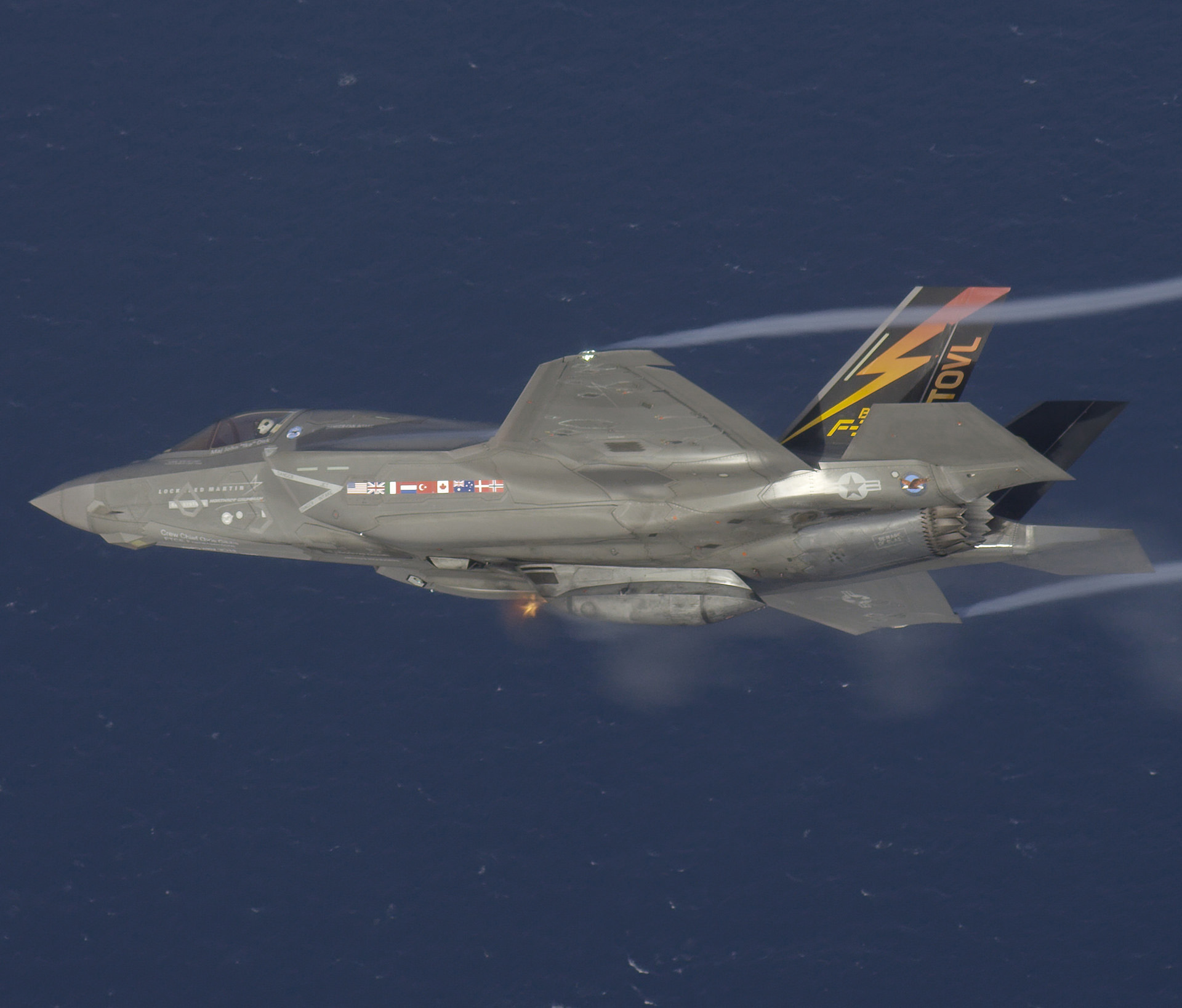John Newman
The Bunker Group
Really? By the discussion going on here you’d think the RAAF, and global, C-17A fleet is on its last legs.
Not true.
Every five years each C-17A returns to Boeing in the US for a six month heavy maintenance strip down and rebuild.
And they have also had their designed service life/flight hours extended too:
Specifically this paragraph:
“The C-17 was to be designed to withstand 30,000 flight hours, and then certified to fly 42,750 flight hours. In partnership with the U.S. Air Force and eight global partners, Boeing leverages analytics and digital tools to help each aircraft safely surpass its service life objectives in support of critical missions.”
They are now certified to fly 42,750 flight hours, I’ll repeat that, 42,750 flight hours!
They are not running out of life anytime soon.
Here’s an interesting comparison:

 adbr.com.au
adbr.com.au
After 30+ years of RAAF service, the average flight hours of each Classic Hornet was LESS THAN 5,500 flight hours.
The global C-17A fleet has many many many decades of service life ahead of them.
Not true.
Every five years each C-17A returns to Boeing in the US for a six month heavy maintenance strip down and rebuild.
And they have also had their designed service life/flight hours extended too:
Specifically this paragraph:
“The C-17 was to be designed to withstand 30,000 flight hours, and then certified to fly 42,750 flight hours. In partnership with the U.S. Air Force and eight global partners, Boeing leverages analytics and digital tools to help each aircraft safely surpass its service life objectives in support of critical missions.”
They are now certified to fly 42,750 flight hours, I’ll repeat that, 42,750 flight hours!
They are not running out of life anytime soon.
Here’s an interesting comparison:

RAAF classic Hornet fleet hits 400,000 hours | ADBR
The RAAF’s fleet of 71 McDonnell Douglas/Boeing F/A-18A/B ‘classic’ Hornets passed a fleet total milestone of 400,000 flying hours in August. The RAAF took delivery of 57 single-seat F/A-18As and…
 adbr.com.au
adbr.com.au
After 30+ years of RAAF service, the average flight hours of each Classic Hornet was LESS THAN 5,500 flight hours.
The global C-17A fleet has many many many decades of service life ahead of them.







